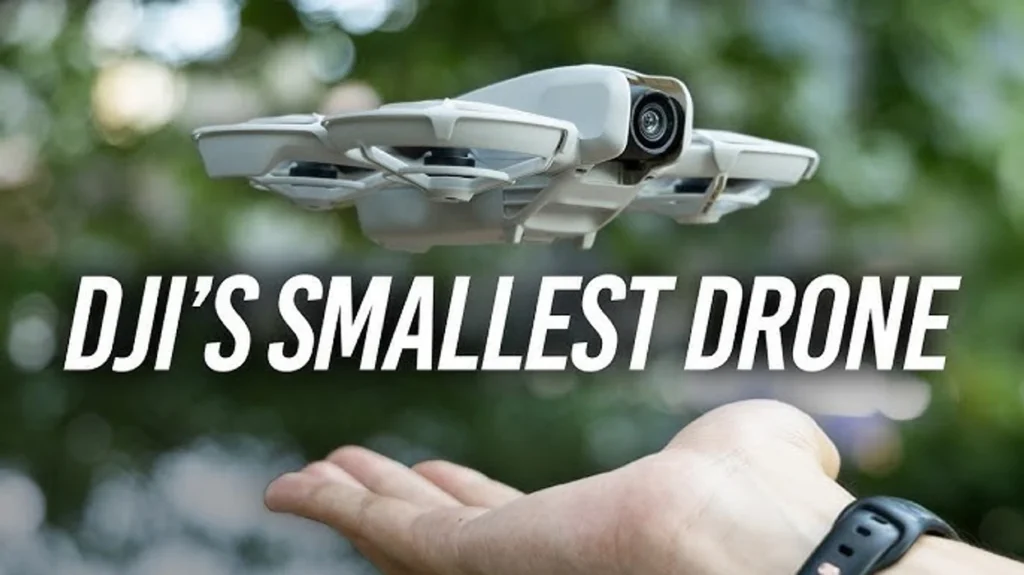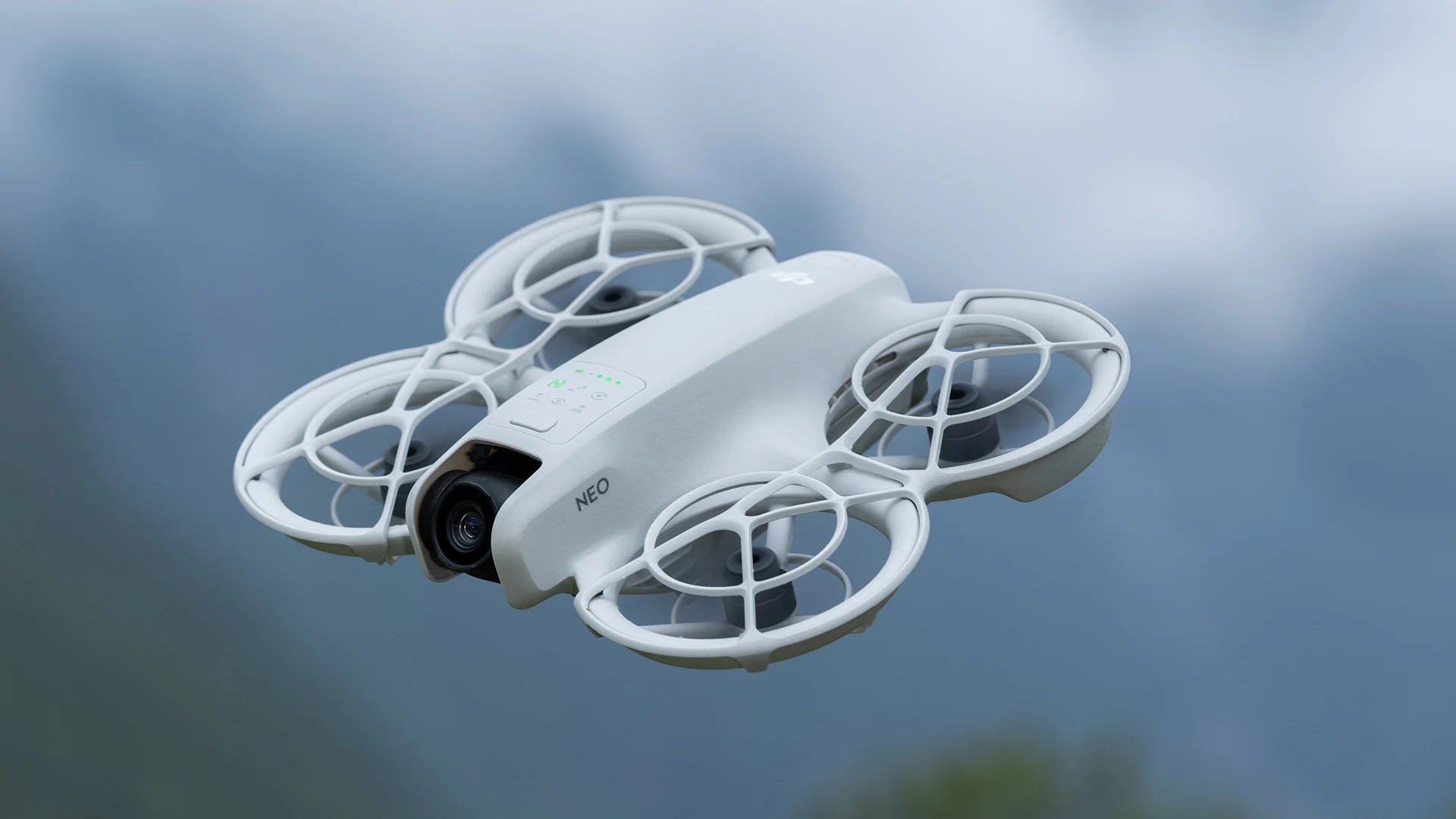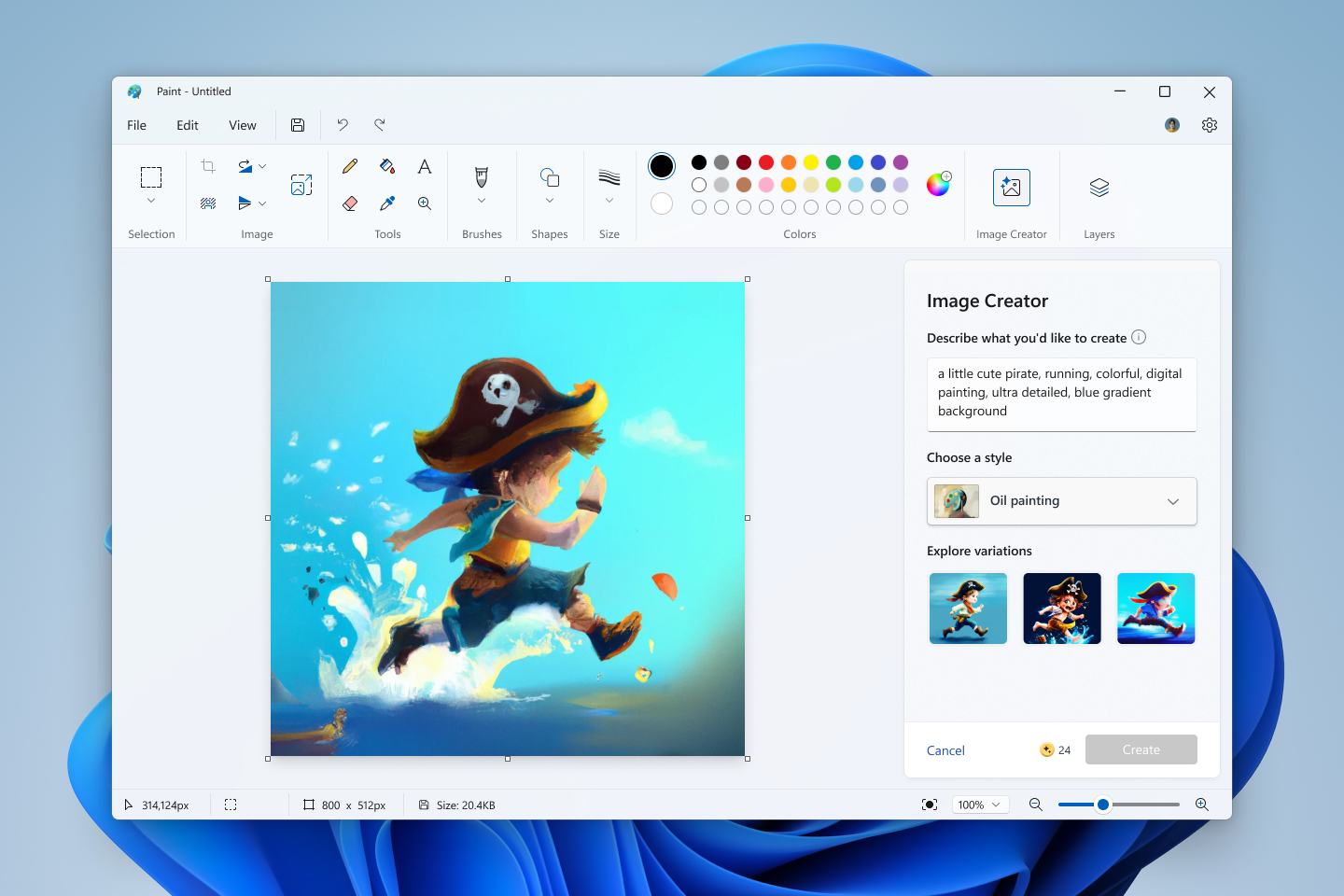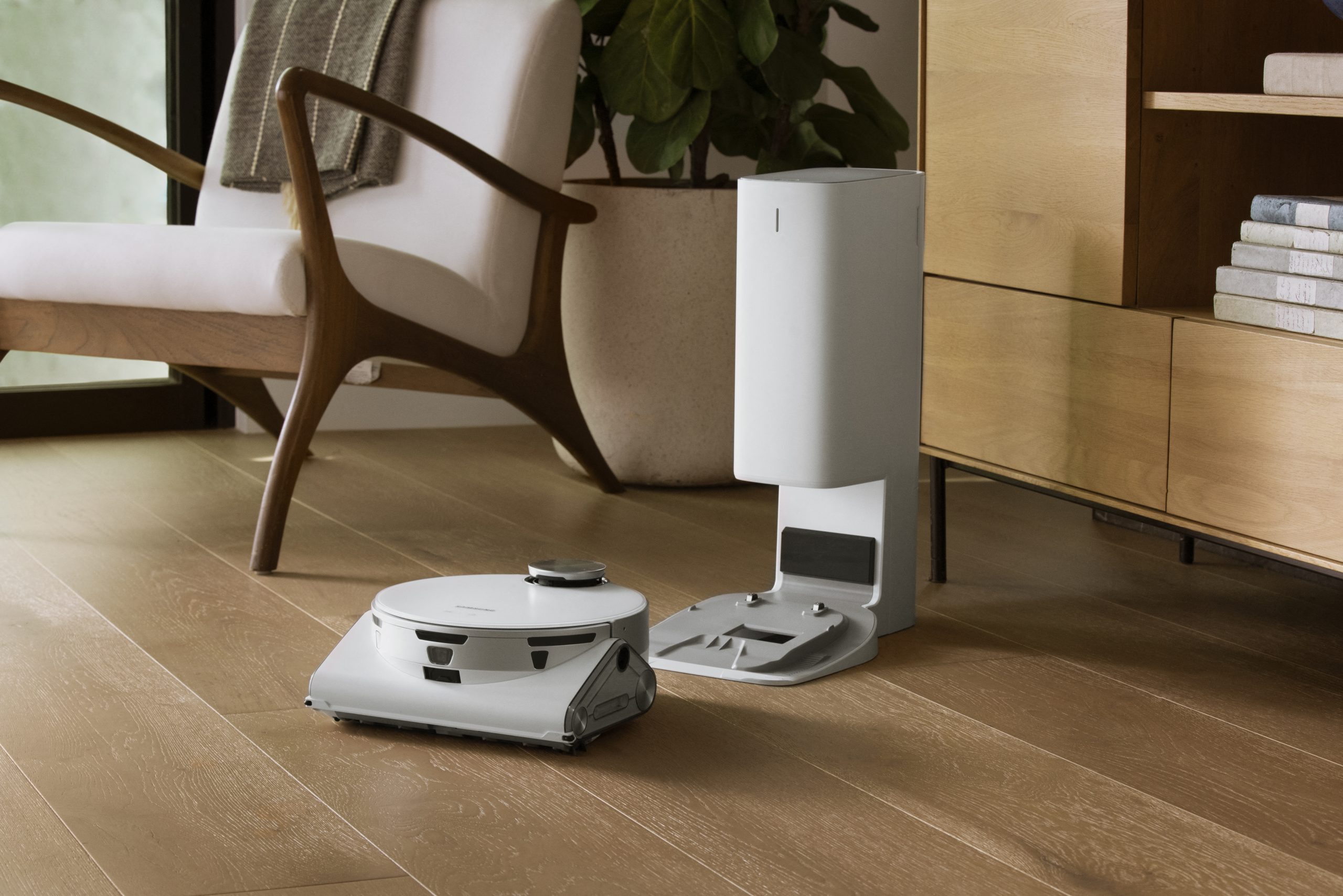
At just 135 grams and measuring 155 millimeters across, the DJI Neo stands out as the smallest and lightest drone ever released by DJI. Priced at a competitive $199 (£169), it’s also the most affordable in DJI’s lineup. Remarkably, it is even lighter than the iPhone 15 Pro Max, which weighs 221 grams. This makes the Neo an appealing choice for travelers who prioritize portability but still want to capture high-quality aerial footage. However, its compact size does come with some trade-offs.
One significant drawback is its flight time. The Neo offers a maximum of approximately 18 minutes per charge under ideal conditions. This estimate is based on a windless environment, as the drone’s light weight makes it highly susceptible to wind, which can substantially reduce flight time if conditions are less than calm.
Charging the Neo is straightforward with a USB-C connection, and DJI estimates a charge time of 50 minutes using a 15-watt charger. For extended flying sessions, the optional charging hub supports 60-watt inputs and can charge three batteries simultaneously in about an hour. This hub is included in the Fly More Combo package, which costs $289 and includes the hub along with three batteries.
Despite its small size, the Neo is surprisingly easy to handle. During testing, I found it agile enough to maneuver indoors, navigating through tight spaces with ease. While it lacks the 360-degree obstacle sensing of more expensive models, it features built-in propeller guards and an optional cage to help mitigate the risks of collisions.
The camera, featuring a half-inch image sensor and an f/2.8 aperture, records in 4K resolution at up to 30 frames per second. Switching to 1080p resolution allows for a frame rate of 60fps. While the video quality is decent for a drone of its size, it falls short compared to DJI’s higher-end models, with some lack of detail and difficulty managing bright conditions. Low-light performance is also less impressive.
The Neo offers several intelligent flight modes, including subject tracking and object circling, and can even take off from your palm without the need for a controller. This feature could be particularly useful for those who want to minimize their gear while traveling.
Although the drone does not support expandable storage, it comes with 20GB of internal storage. Early impressions suggest that the Neo could be a great entry-level option for beginners or as a fun toy for kids. However, those seeking more professional-quality footage for content creation might prefer DJI’s Mini series.




